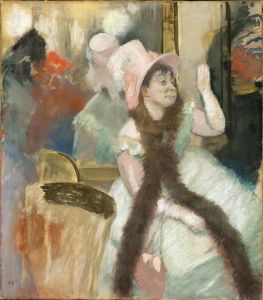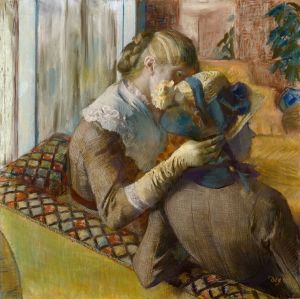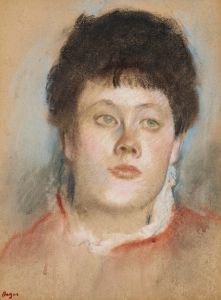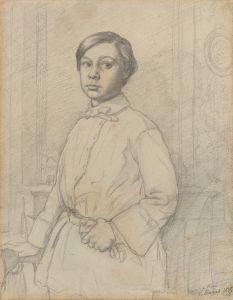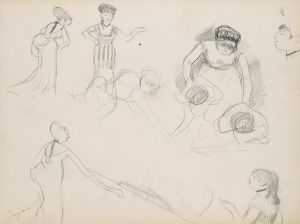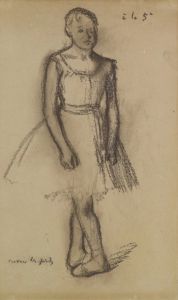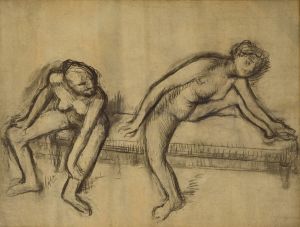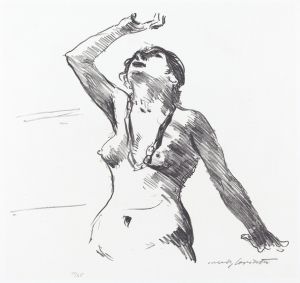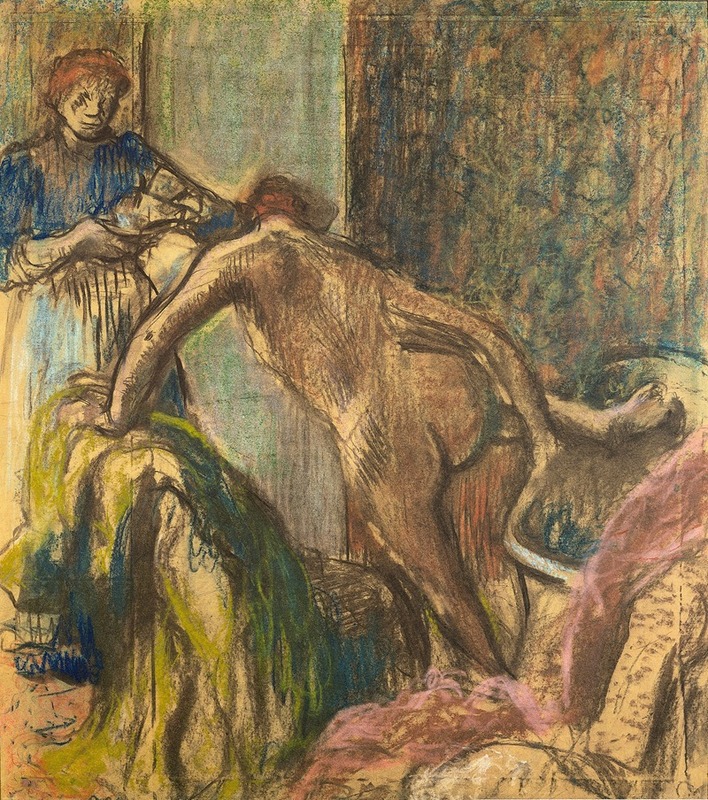
Breakfast after the Bath
A hand-painted replica of Edgar Degas’s masterpiece Breakfast after the Bath, meticulously crafted by professional artists to capture the true essence of the original. Each piece is created with museum-quality canvas and rare mineral pigments, carefully painted by experienced artists with delicate brushstrokes and rich, layered colors to perfectly recreate the texture of the original artwork. Unlike machine-printed reproductions, this hand-painted version brings the painting to life, infused with the artist’s emotions and skill in every stroke. Whether for personal collection or home decoration, it instantly elevates the artistic atmosphere of any space.
"Breakfast after the Bath" is a painting by the renowned French artist Edgar Degas, who is widely celebrated for his contributions to the Impressionist movement, although he preferred to be called a realist or independent artist. Degas is best known for his depictions of dancers, women at their toilette, and scenes of Parisian life. His works are characterized by their innovative composition, perspective, and use of light and shadow.
"Breakfast after the Bath" is one of Degas's many explorations of the intimate and private moments of women, a theme that he frequently revisited throughout his career. This painting, like many of his works, captures a moment of everyday life with a sense of immediacy and realism. Degas had a particular interest in the female form and often depicted women in various stages of dressing or bathing, offering a glimpse into the private world of his subjects.
The painting is executed with a keen attention to detail and a subtle use of color, typical of Degas's style. His technique often involved layering pastels over a monotype, which allowed him to achieve a rich texture and depth in his works. This method is evident in "Breakfast after the Bath," where the delicate interplay of light and shadow highlights the contours of the figure and the surrounding environment.
Degas's approach to composition was heavily influenced by his interest in photography and Japanese prints, which is reflected in the unconventional angles and cropping seen in his paintings. In "Breakfast after the Bath," the composition is intimate and closely cropped, drawing the viewer's attention to the central figure and the immediate surroundings. This focus on a singular moment and the use of perspective create a sense of voyeurism, a common theme in Degas's work.
The subject of the painting is depicted in a moment of quiet reflection, adding an emotional depth to the scene. Degas's ability to capture the subtleties of human expression and posture is evident in this work, as the figure's pose and demeanor convey a sense of calm and introspection.
Throughout his career, Degas was known for his meticulous attention to detail and his ability to convey the complexities of human emotion through his art. "Breakfast after the Bath" exemplifies these qualities, showcasing his skill in rendering the human form and his interest in the everyday lives of women.
While Degas's work was not always well-received during his lifetime, he is now regarded as one of the most important artists of the 19th century. His innovative techniques and unique perspective have left a lasting impact on the art world, influencing countless artists who followed in his footsteps.
Overall, "Breakfast after the Bath" is a testament to Degas's mastery of his craft and his ability to capture the beauty and complexity of ordinary moments. The painting remains a significant example of his work and continues to be appreciated by art enthusiasts and scholars alike.








